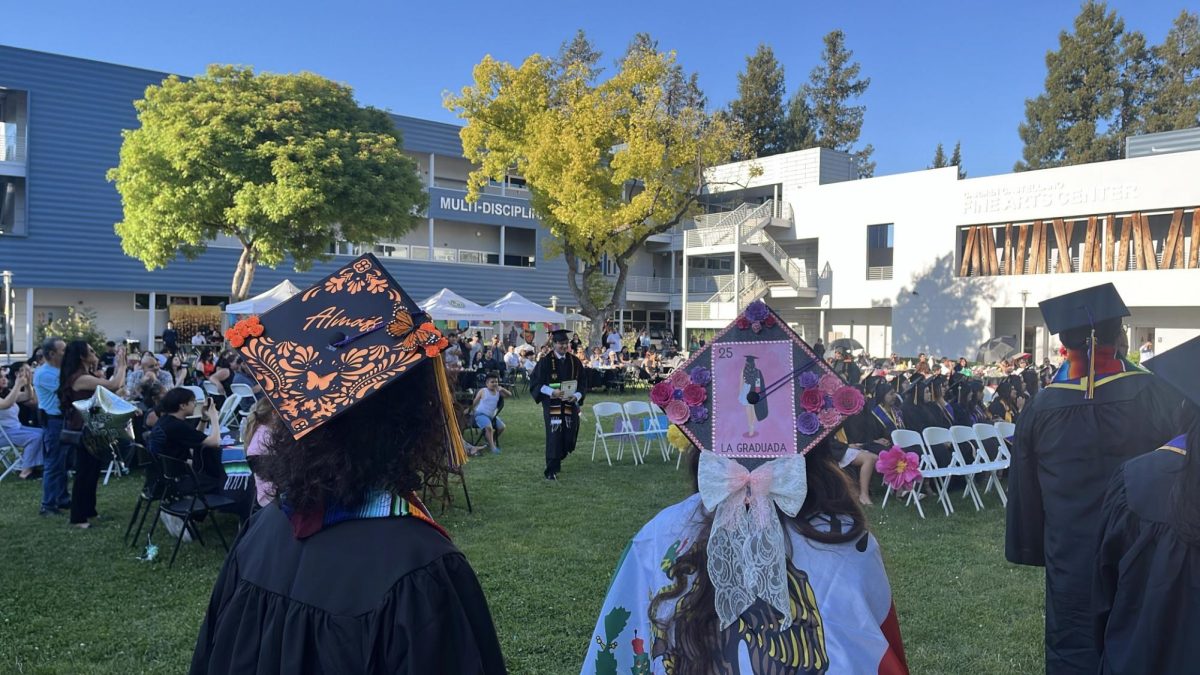Benefits more students in the long run
It was in January of this year that President Barack Obama proposed this innovative and favorable idea. This proposition would allow responsible students to earn the first half of their bachelor’s degree without any tuition cost.
According to the White House website, the requirements for such a plan to take place are: students must complete their program and maintain a 2.5 GPA; community colleges must offer programs in which academic credits are transferable to four-year universities and occupational training programs must lead into in-demand degrees and certificates and on the federal level, funding should cover about 75 percent of the community college cost.
Tennessee was the first state to implement free community college, though not entirely free (students have to pay $50 a semester, which could be implemented in our area as well) in May 2014.
“In Tennessee, more than 80 percent of the students that took part last year in that state’s new program got full or partial grant (not loan) funding from federal Pell grants. The state then paid the balance,” Nigel Jaquiss wrote in his article in a news branch of The Washington Post’s website in July 2015.
Oregon is the second state to offer free community college. Sen. Mark Hass (D-Ore.) cited that a lifetime of food stamps (about $14,000) is much more expensive than the annual community college tuition of $3,000 according to Jaquiss.
“The skills students acquire at community colleges benefit businesses by increasing worker productivity. The increased business output, coupled with the higher wages community college graduates earn, benefit society as a whole by raising prosperity and strengthening the economic base,” Kate Wheeling wrote in her Jan. 2015 article on the Pacific Standard magazine website.
This is a very idealistic plan, but there are its shortcomings.
Federal funding could be costly to the middle-class, which would roughly be $60 billion, over 10 years. However, this program could kick start an increased commitment by states to spend more on higher education, Keith Button wrote in his article on Education Dive website in Jan. 2015.
“From 2008 to 2012, state funding for higher education dropped to 22.3% of total revenues from 29.1%, which has led to tuition increases,” Button wrote.
There would also be a surge in competition for four-year schools. That $60 billion in federal spending could mean less financial aid for four-year universities.
An influx of students can actually attend college and with more students, there is usually more competition, and more competition could lead to more students being committed to their education.
Community college courses already fill up quick. Adding more people into the equation can make getting through community college a longer process.
California community colleges would not receive the same amount of aid as other states. The proposition offers to pay 75 percent of the total cost per students, however community college tuition costs in California are lower than most other states resulting in California not receiving as much aid as other states Karin Klein wrote in her article from Jan. 2015, on the LA Times website.
There is a definite lack in funding for academic materials and engaged instructors. However, these academic funding crises are almost always present, especially at a community college. The budget is tight all around, yet the possibility of opportunity gives hope.
This is a bittersweet deal for those of us who have already paid off the first two years of community college, yet it is still an exciting venture that would benefit so many people.
Does this program weed out the individuals who are not committed to working toward a degree? Sure, some people would take this amazing opportunity for granted, especially when the dropout rate is between 66 percent and 80 percent, according to Button’s article.
On the optimistic side, so many more students would take advantage of receiving a degree to better their potential career.
There are a lot of financial logistics to this issue and it most certainly will not be easy, then again, who are you to turn down a chance to develop a successful future.







